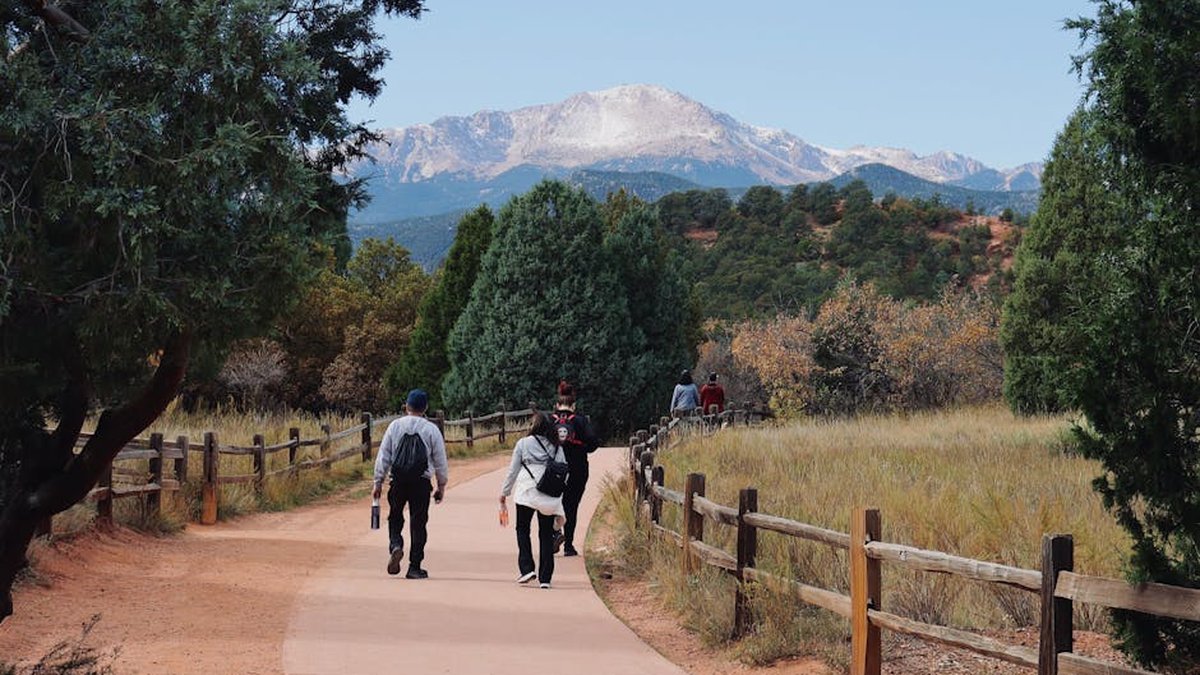Fall Hiking Safety: Avoiding Injuries and Staying Safe on the Trails
Introduction: Embrace the Beauty, Hike Safely This Fall
Fall is arguably the most beautiful time to hit the trails. The vibrant colors of changing leaves, the crisp air, and the fewer crowds make for an unforgettable hiking experience. However, fall hiking also presents unique challenges that hikers need to be aware of. Shorter daylight hours, unpredictable weather, and slippery trails all contribute to potential hazards. This guide will equip you with the knowledge and tips you need to enjoy the beauty of fall while staying safe on the trails.
Planning and Preparation: Your First Line of Defense
Proper planning is crucial for any hike, but it’s especially important in the fall when conditions can change rapidly.
Check the Weather Forecast
Fall weather can be incredibly unpredictable. One moment you might be enjoying sunshine, and the next you could be facing a sudden downpour or even an early snow flurry. Always check the weather forecast for the specific area you plan to hike, and be prepared for a variety of conditions. Pay attention to:
- Temperature: Expect cooler temperatures, especially at higher elevations.
- Precipitation: Pack rain gear, even if the forecast is clear.
- Wind: Strong winds can make hiking more challenging and increase the risk of hypothermia.
Plan Your Route and Share Your Plans
Choose a trail that is appropriate for your fitness level and experience. Research the trail beforehand, paying attention to:
- Distance and elevation gain: Ensure you can comfortably complete the hike within the available daylight hours.
- Trail conditions: Check for recent trail reports to see if there are any closures or hazards.
- Water sources: Plan where you can refill your water bottles.
Always tell someone where you are going and when you expect to be back. This is crucial in case of an emergency.
Pack the Essentials
A well-stocked backpack is essential for fall hiking safety. Make sure you have the following:
- Navigation: Map, compass, and GPS device (and know how to use them).
- Sun protection: Sunglasses, sunscreen, and a hat.
- Insulation: Extra layers of clothing, including a waterproof jacket and warm hat and gloves.
- Illumination: Headlamp or flashlight with extra batteries.
- First-aid supplies: A comprehensive first-aid kit.
- Fire starter: Matches or a lighter in a waterproof container.
- Repair kit and tools: Knife or multi-tool.
- Nutrition: High-energy snacks.
- Hydration: Plenty of water or a water filter/purifier.
- Emergency shelter: Bivy sack or emergency blanket.
Navigating Fall Trail Hazards
Fall trails present some specific challenges that hikers need to be aware of.
Slippery Trails
Wet leaves, mud, and frost can make trails incredibly slippery. Wear hiking boots with good traction and consider using trekking poles for added stability. Pay close attention to your footing, especially on downhill sections.
Reduced Visibility
Fog and mist are common in the fall, which can significantly reduce visibility. Be extra cautious when hiking in these conditions, and consider postponing your hike if visibility is severely limited. Carry a whistle to signal for help if you get lost.
Wildlife Encounters
Fall is a time when many animals are preparing for winter, which can increase the likelihood of wildlife encounters. Be aware of your surroundings and make noise to avoid surprising animals. Store food properly to avoid attracting wildlife to your campsite.
Shorter Daylight Hours
Daylight hours are significantly shorter in the fall. Start your hike early and allow plenty of time to return before dark. Always carry a headlamp or flashlight with extra batteries, and know how to use it.
Dressing for Success: Layering is Key
The key to staying comfortable and safe while hiking in the fall is to dress in layers. This allows you to adjust your clothing as the temperature changes. Start with a moisture-wicking base layer, add an insulating layer (such as fleece or down), and finish with a waterproof and windproof outer layer. Avoid cotton, as it absorbs moisture and can make you feel cold.
Conclusion: Enjoy the Season Responsibly
Fall is a magical time to experience the outdoors. By taking the necessary precautions and being prepared for the unique challenges of the season, you can enjoy safe and memorable hiking adventures. Remember to plan ahead, pack the essentials, be aware of your surroundings, and dress appropriately. Happy trails!






